[ad_1]
Although the yard appears to be winding down, it’s preparing for the oncoming chilly. Roots extend underground, mulches decay into soil, and fungi unfold their mycelia. Plant a fruit tree now, and it’ll have ample time to determine itself for subsequent 12 months’s rising season. It’ll have the devices to survive droughts, freezes, and harsh local weather.
Spring will also be a wonderful time for planting a tree, although it presents the specimen a lot much less time to determine itself sooner than summer season’s heat arrives. Fall plantings have the benefits of winter dormancy, fall root improvement, and early spring sprouting on their facet.
The key to fall plantings is getting the species inside the flooring not lower than six to eight weeks sooner than your first arduous frost. This ensures the timber have ample time for rising healthful roots that acclimate to your yard’s circumstances. Whether or not or not looking for balled and burlapped, bare-root, or container-grown timber, they’ll thrive do you have to plant them all through fall.
Causes to Plant Fruit Bushes All through Fall
Listed under are 5 key the reason why it’s most interesting to plant fruit timber beneath the coolness of autumn.
There’s Further Selections
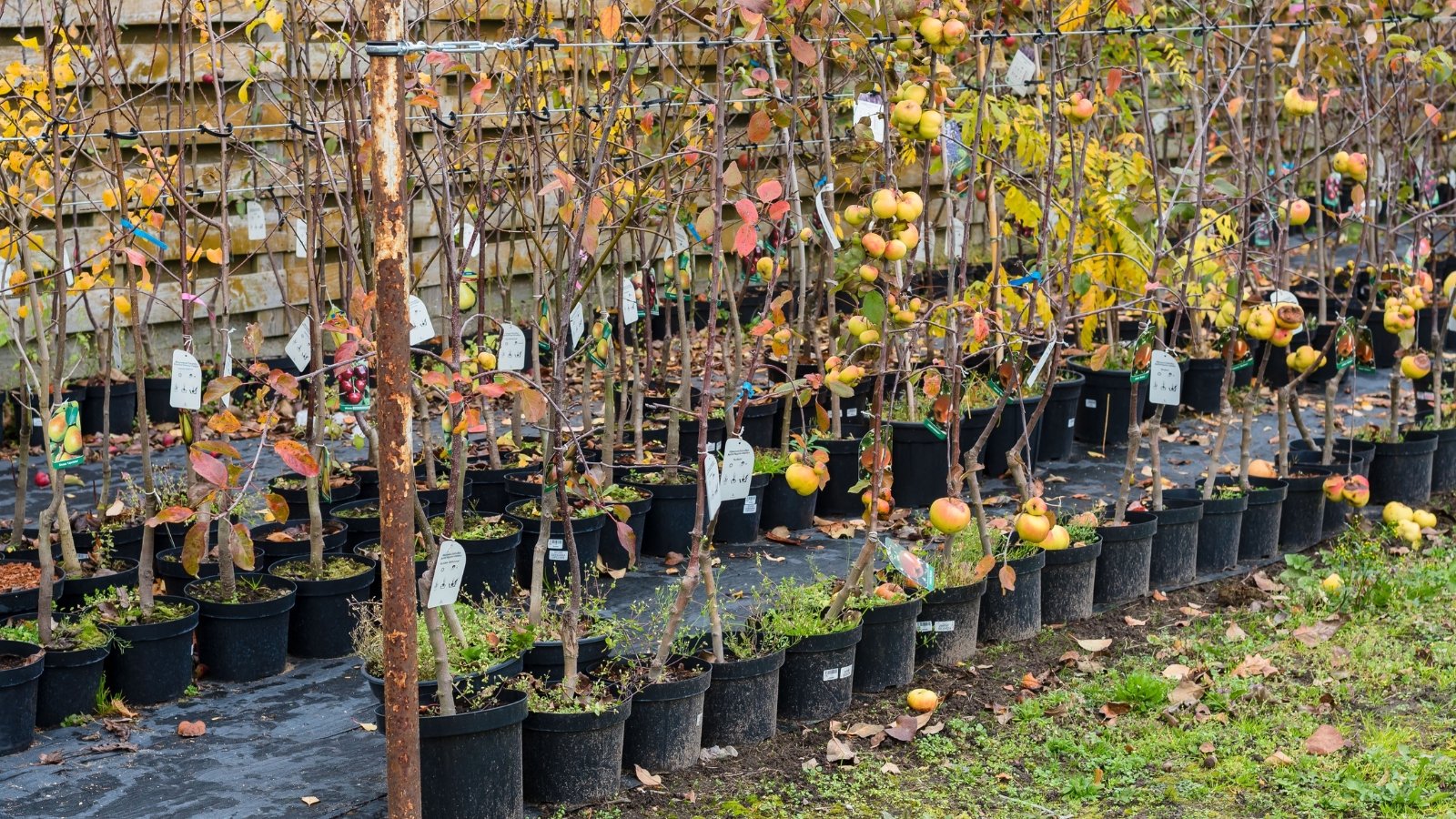

Warmth spring local weather alerts it’s time for lots of growers to yard. You’ll uncover restricted nursery alternate options, picked by means of inventories, and a low variety of fruit timber. In fall, most gardeners assume it’s most interesting to lie the yard all the best way right down to rest for winter. Whereas that’s true, it’s moreover true that fall is an ideal time for planting a tree.
Not solely are there wider alternate options inside the fall, nevertheless there are moreover further selections for the sort of tree you should buy. Nursery tree growers promote deciduous fruit timber in 3 methods: balled and burlapped (B&B), bare-root, and container-grown.
Bare-root is the most effective various if it’s on the market near you. They’re timber with out soil and leaves, with their roots uncovered. You’ll need to plant them inside each week of shopping for, nevertheless they’ll develop greater roots and shoots than B&B and container-grown supplies.
Choose B&B timber do you have to’re planting large specimens or evergreen species. If neither B&B nor bare-root timber will be discovered, go for container-grown timber with healthful roots. Look at their pot’s drainage holes to verify no roots are poking out. Trying root tendrils signal a root-bound specimen. You’ll want healthful fruiting specimens with scaffolding branches, ample root improvement, and a straight trunk.
Roots Develop Larger
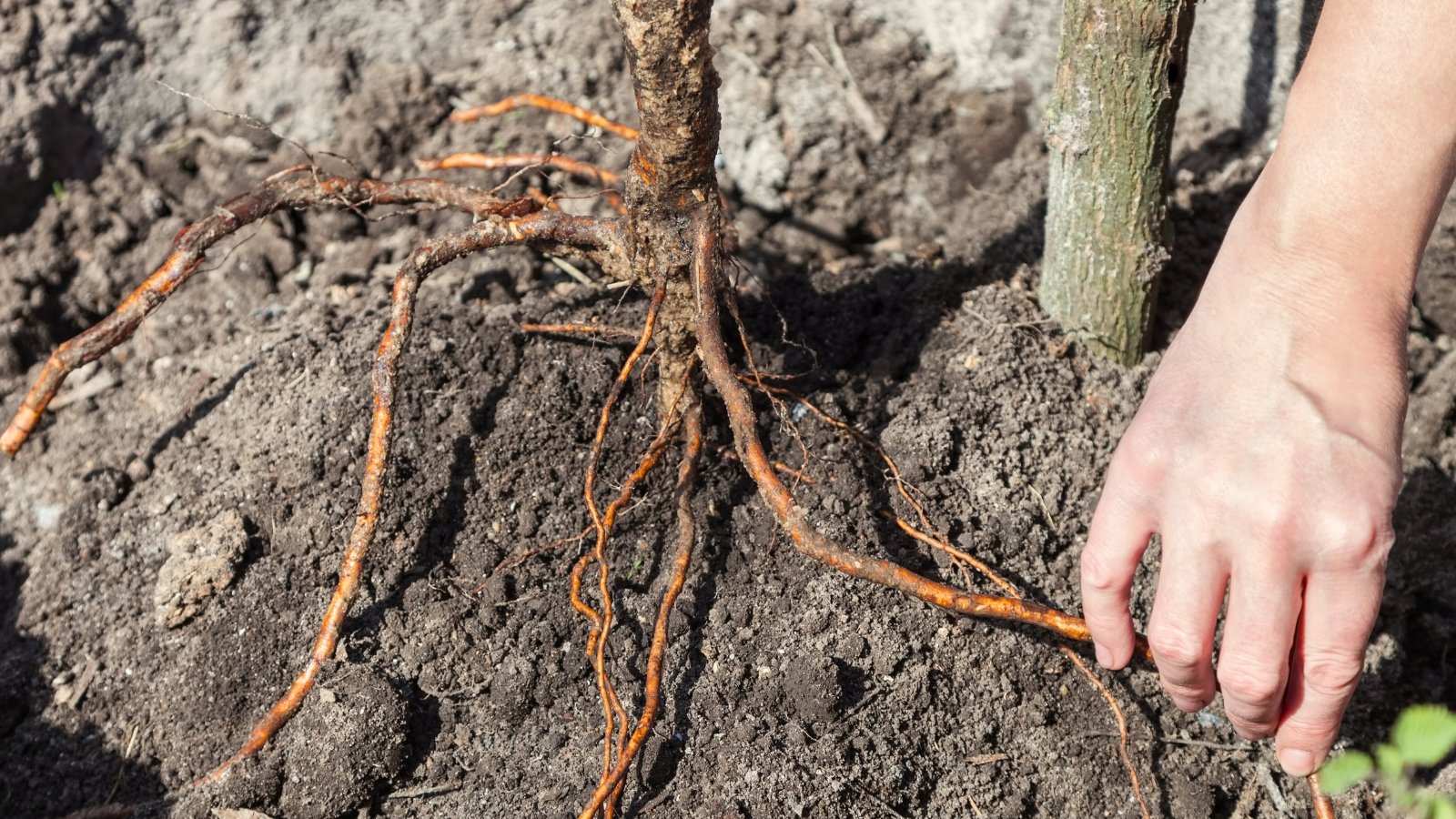

Plant an apple, plum, or apricot tree inside the fall, and it’ll develop dozens of roots sooner than the first frost! These tendrils anchor the tree to your yard’s native soil, giving them assist to brave storms and windy local weather. Get the saplings into the underside six weeks or further sooner than the first frost and they also’ll brave the chilly local weather with out problem.
Because of fall plantings have time to develop further roots than spring ones, they’re greater outfitted to take care of harsh summer season local weather. Spring plantings ought to take care of every forming roots and leafy shoots. Splitting their vitality into two duties, they might wrestle to handle pests, illnesses, and harsh local weather.
Spring is simply not the worst time to plant a tree, though; summer season is the worst time for transplanting. Vegetation ought to survive drought and extreme temperatures whereas forming roots, flowers, seeds, and branches. I can’t do a few issue, so I can solely take into consideration their ache! Steer clear of any of these factors by prioritizing fall fruit tree plantings.
Fall Plantings Resist Drought
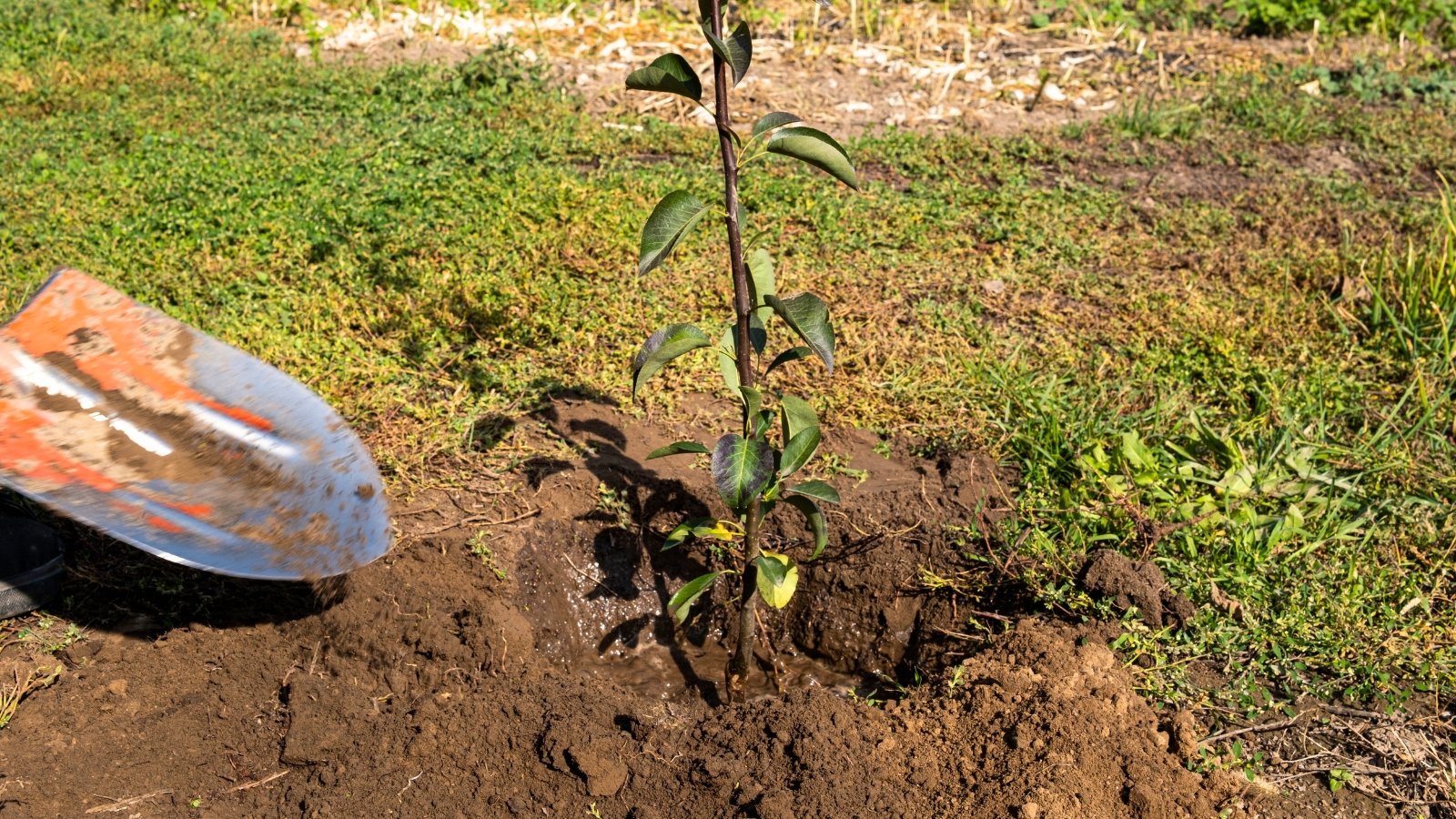

How are fall plantings further drought-resistant than timber planted at completely different situations of 12 months? With further roots than their counterparts, they entry further soil particles. If one a part of the underside is dry nevertheless one different is moist, they’re going to pull water up from the moist space and easily survive.
Further roots moreover suggest they might have further connections to mycorrhizal fungi. These fungal our our bodies develop mycelia-like crops’ roots nevertheless for fungi. They unfold and colonize the soil, forming connections with woody species. They alter minerals and water for sugars that the timber provide readily. The additional roots your tree sprouts in fall, the additional mycorrhizal connections it’d make by spring.
These parts combine to create a robust, resilient, fruit orchard that thrives. Attempt it in your yard to see on your self! Plant a fruiting tree inside the fall, then plant one different inside the spring. Protect newly planted timber to see how they fare from spring by means of fall. Measure their branches to see which grew greater. The outcomes may shock you!
Enhance Fruit Yields
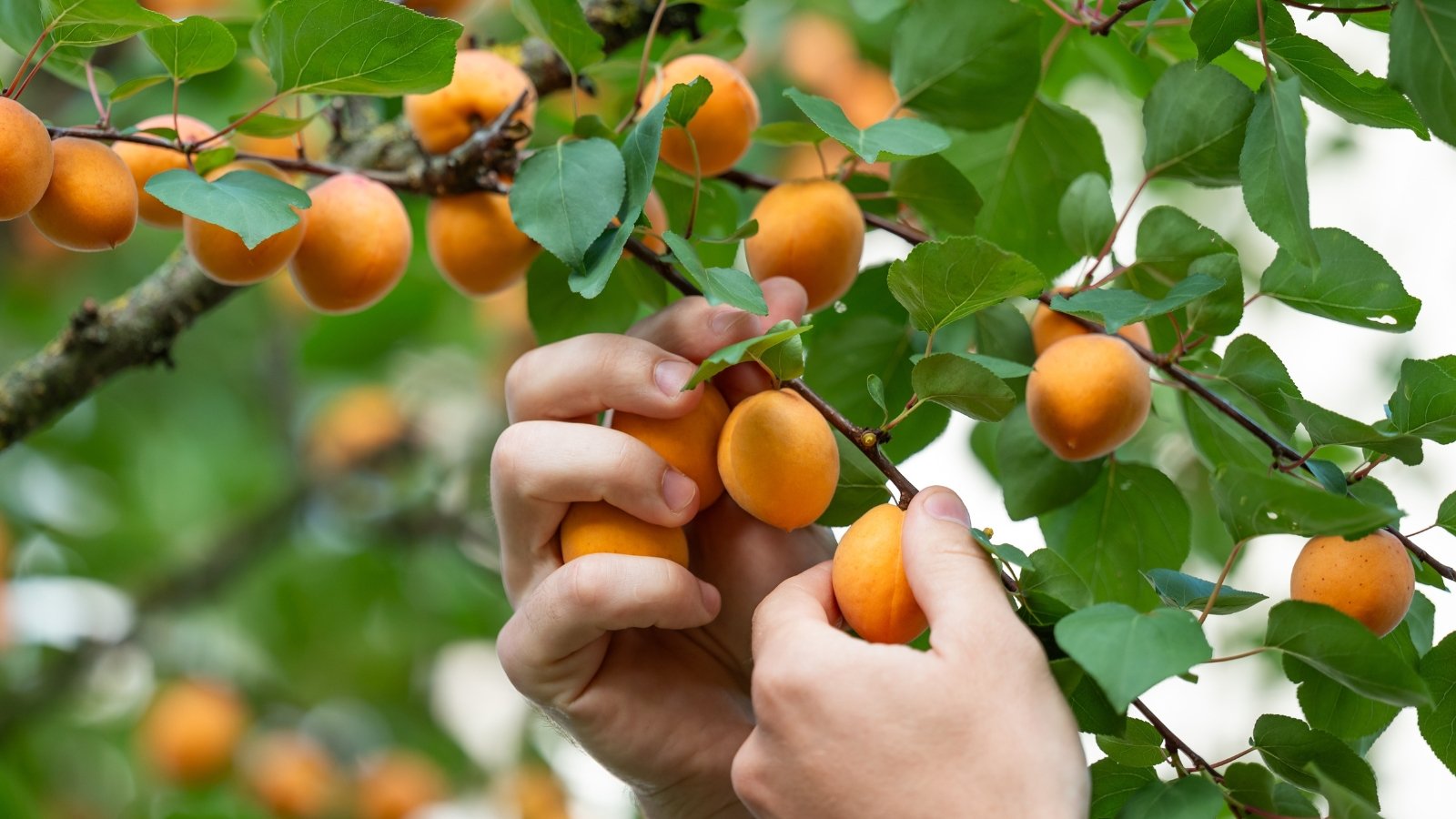

With further roots, a greater branching building, and an earlier awakening from winter dormancy, fall-planted fruit saplings are vulnerable to develop better harvests than spring-planted ones. They’ll have further entry to nutritional vitamins, moisture, and daylight with ample leaves and a powerful root ball.
The necessary factor to fall planting is getting your fruiting species inside the flooring sooner than arduous frosts arrive. Saplings need moist, warmth soil to develop roots, and they also halt all improvement completely if the underside freezes. Calculate your first widespread frost date by looking the determine of your metropolis with “first fall frost date.” Then, calculate backward six to eight weeks. That’s the finest autumn planting time in your hardiness zone. Don’t overlook to prune your tree merely sooner than budbreak in spring.
Water A lot much less
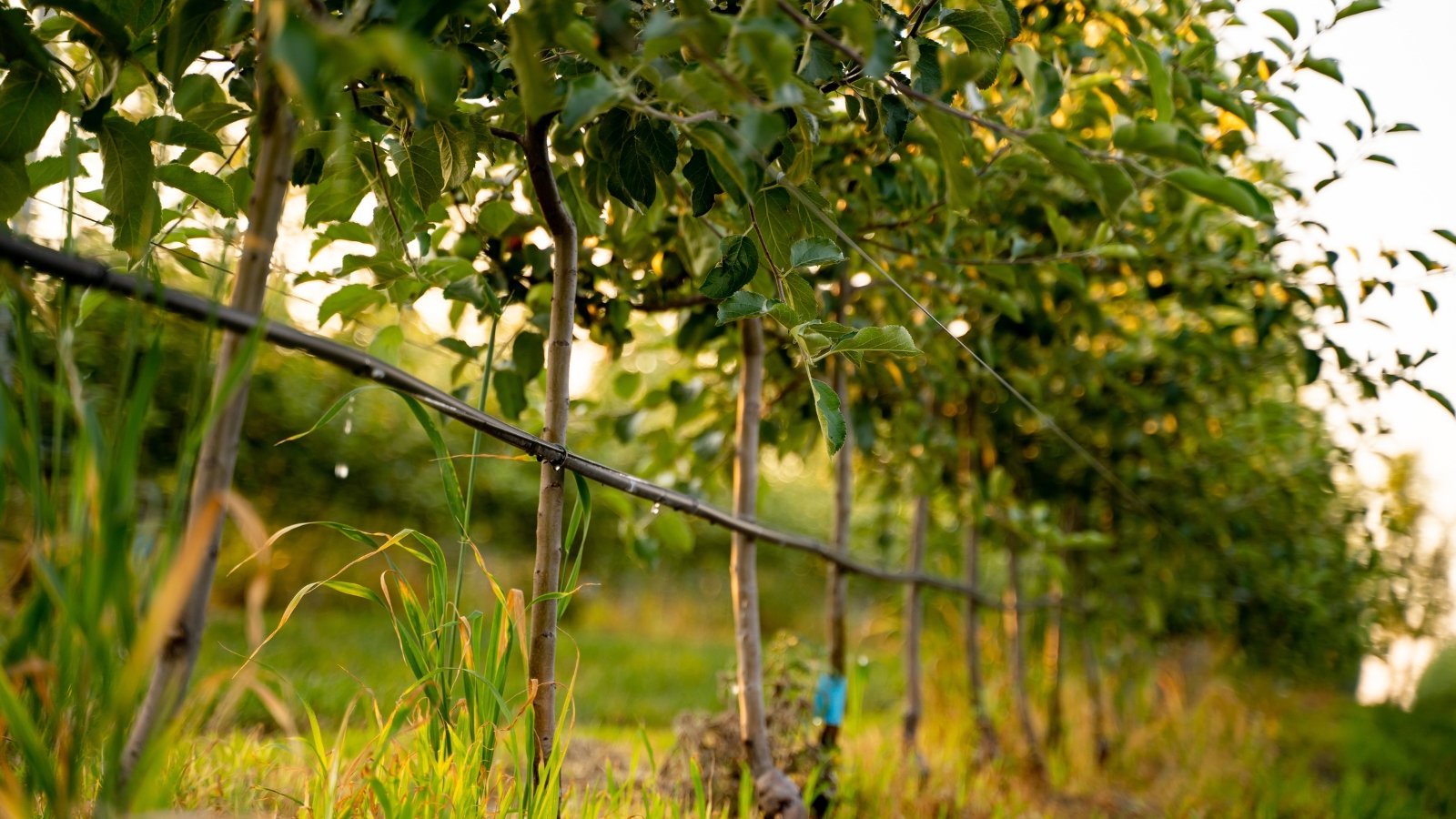

In most of North America, fall alerts the arrival of moist storms. Rains enhance and utterly moist the underside, making a perfect residence for model new saplings. Moist soil is unfastened and crumbly when extreme in pure matter, and easy for roots to push by means of.
Fall is right for low-maintenance transplanting because of new transplants need further moisture than established specimens. You gained’t have to look at the soil day-to-day to verify it’s nonetheless moist—if it’s raining, it’ll be moist adequate! Your fruiting saplings will thrive with little care, which means you probably can spend your idle time seed catalogs and planning subsequent 12 months’s yard format.
The exception is for fruiting species that develop beneath cowl. The quilt prevents rainfall from reaching the soil, and the underside will in all probability be dry further often than uncovered beds. Confirm locations like these just a few occasions each week all through autumn to assure the underside stays moist, nevertheless not soggy.
Best Fruit Bushes for Fall Planting
In your perusing, chances are high you may shock which fruit timber are most interesting for planting all through autumn. Marvel no further, as these are some good choices for cold climates. In case you reside in warmth winter climates in hardiness zones 10 and above, it’s best to plant tropical fruiting species in the middle of the cool seasons like guava, citrus, and mango.
Cherry
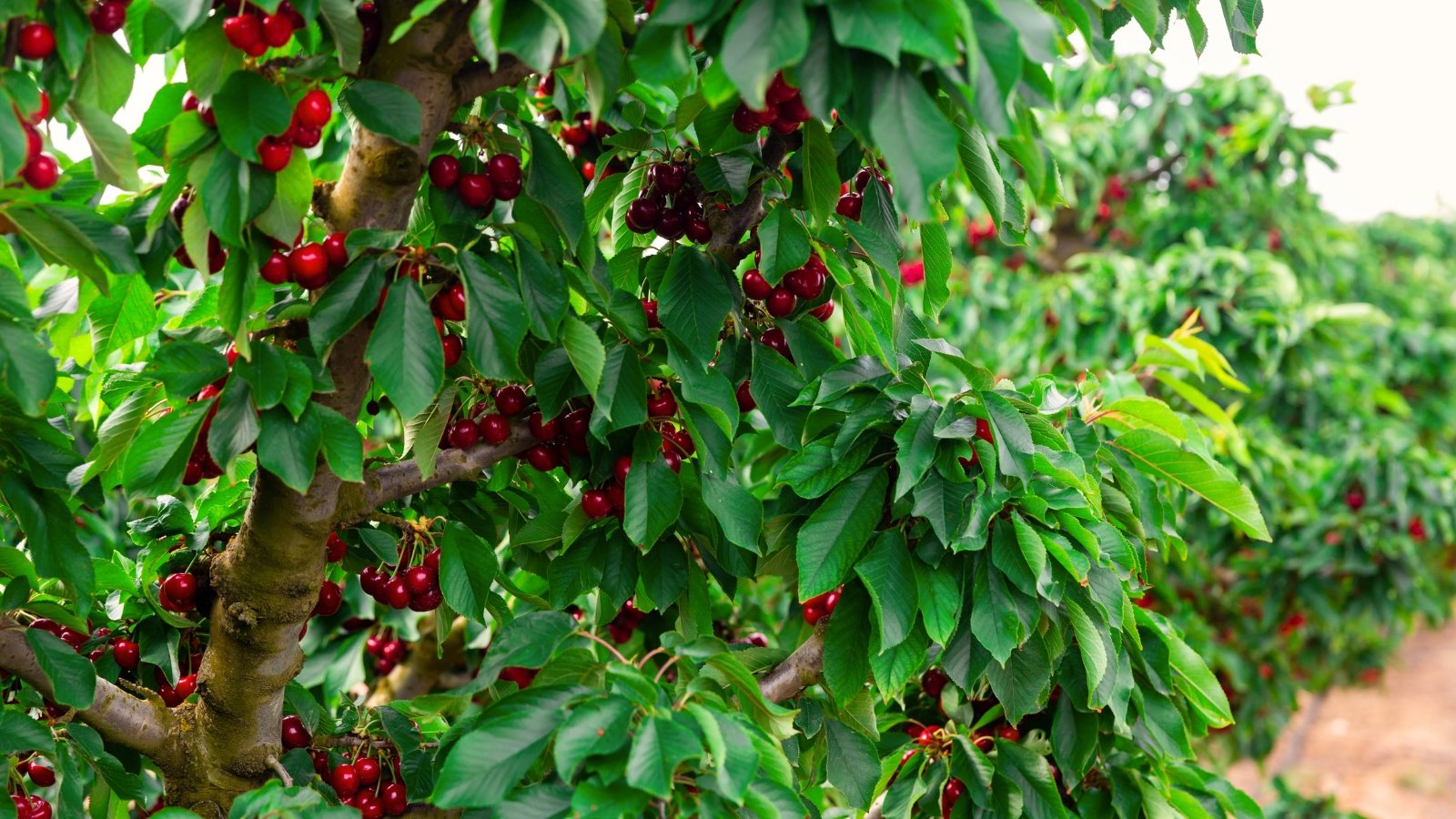

Current cherries aren’t like each different fruit! They’re impeccably sweet with a slight tartness. Plant a sweet choice like ‘Bing’ with one different like ‘Rainier.’ You’ll need two timber for optimum pollination and fruit formation.
Sweet cherries are wonderful for consuming latest, whereas bitter ones need processing sooner than they’re edible. Use bitter cherries in jams, jellies, and pies with some preparation.
Apple
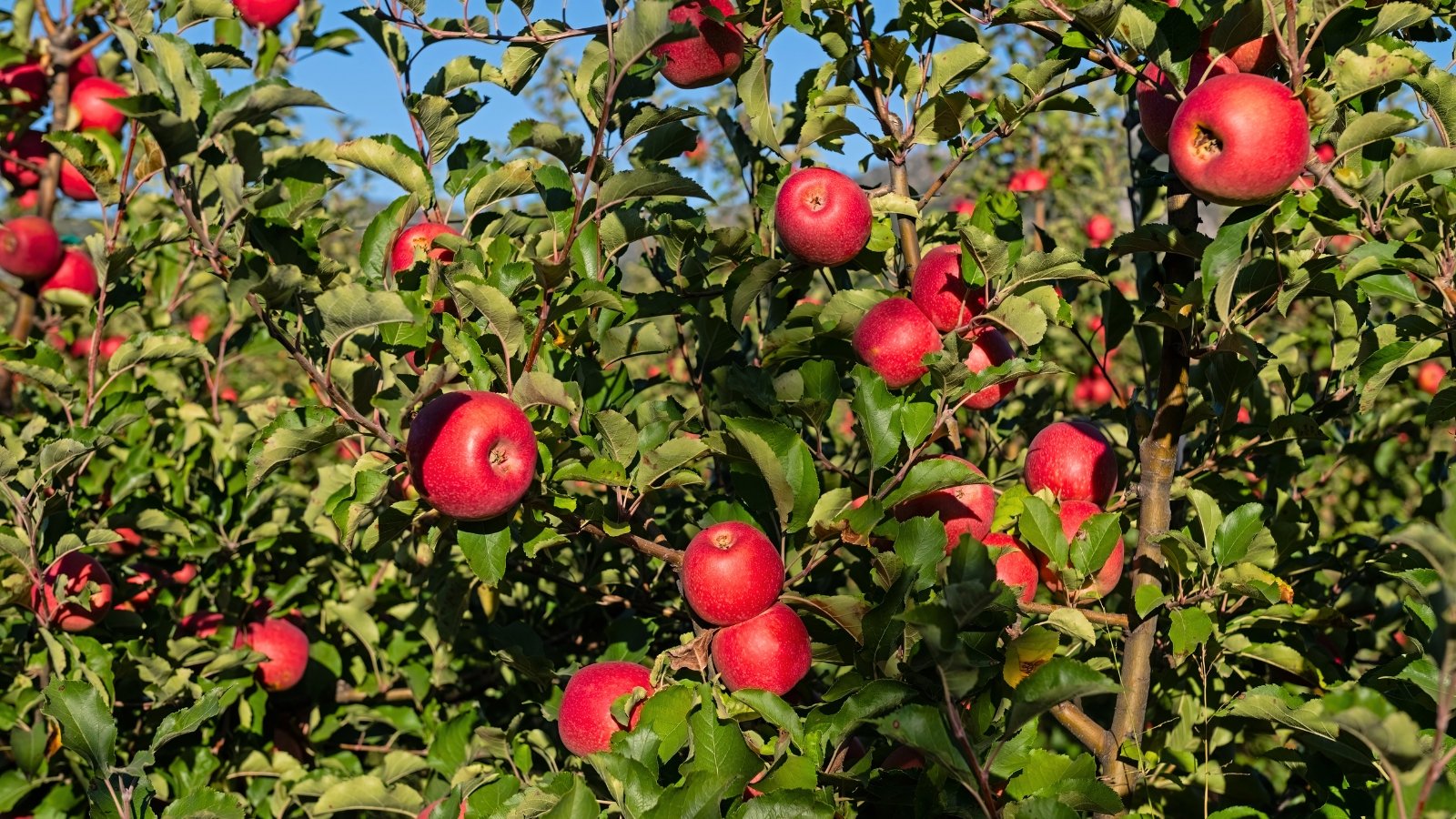

Apples are iconic timber all by means of the world. There are many of sorts with utterly completely different flavors, textures, and colors. Choose a tart inexperienced one like ‘Granny Smith’ for pie-making, or an exceptionally sweet one like ‘Fuji’ for latest consuming. Apples are like cherries, requiring two shut by timber for worthwhile pollination and extreme fruit yields.
In case you want making jams and jellies, try a crabapple tree as a substitute. Crabapples sprout tiny fruits the size of quarters which will be extraordinarily tart. Use them with sugar in candied syrup, jam, or jelly.
Serviceberry
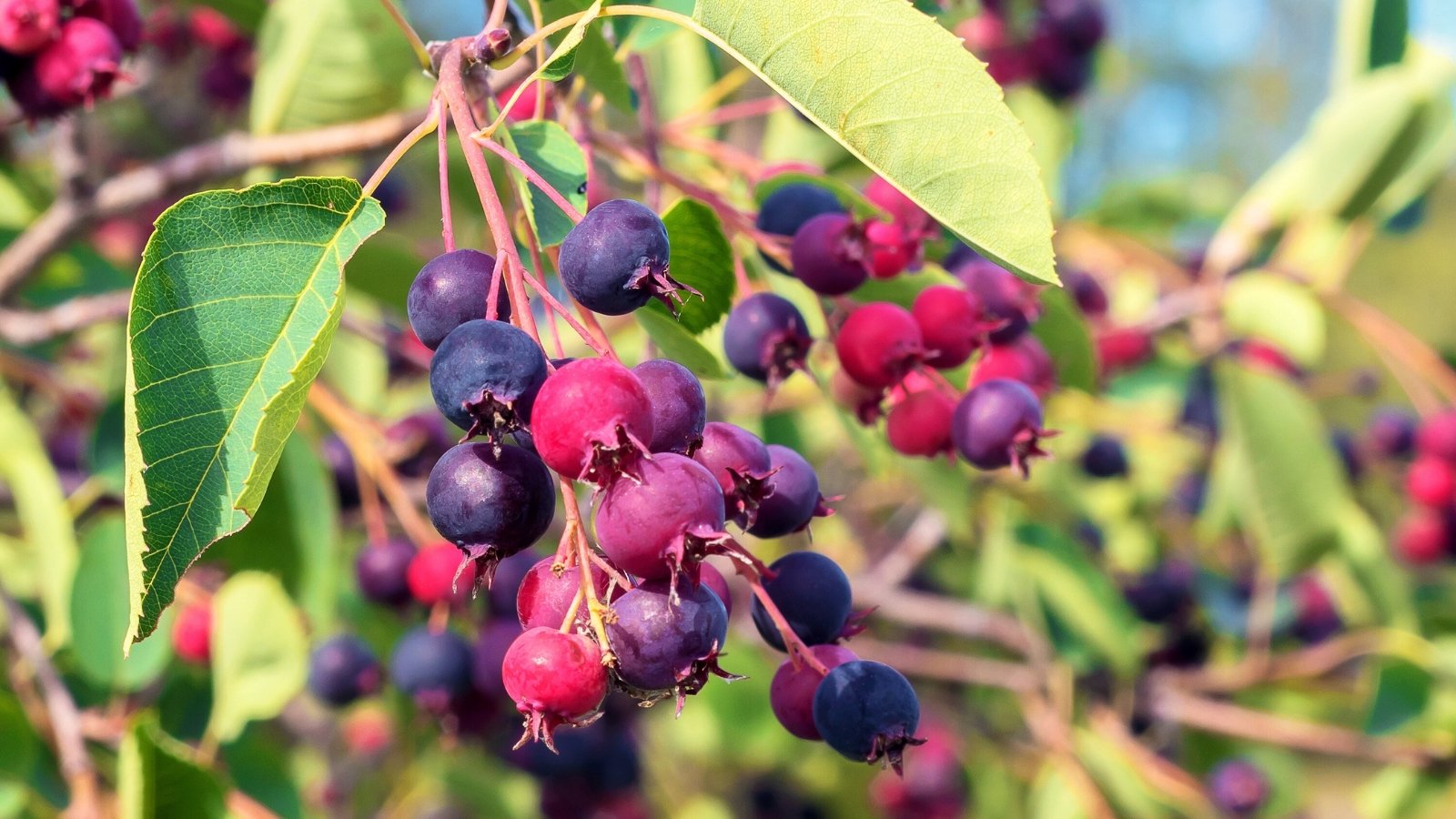

This North American native shrub or small tree is rising in repute in residence gardens! It sprouts tasty berries that resemble blueberries with maroon hues. They type like a cross between blueberries, raspberries, and blackberries. Select them for latest consuming or course of them into syrups and sauces.
There are two important species of serviceberry, the widespread one and the Saskatoon one. Use kinds of Saskatoon serviceberry in western areas of the U.S., and plant cultivars of the widespread species in jap states.
Pear
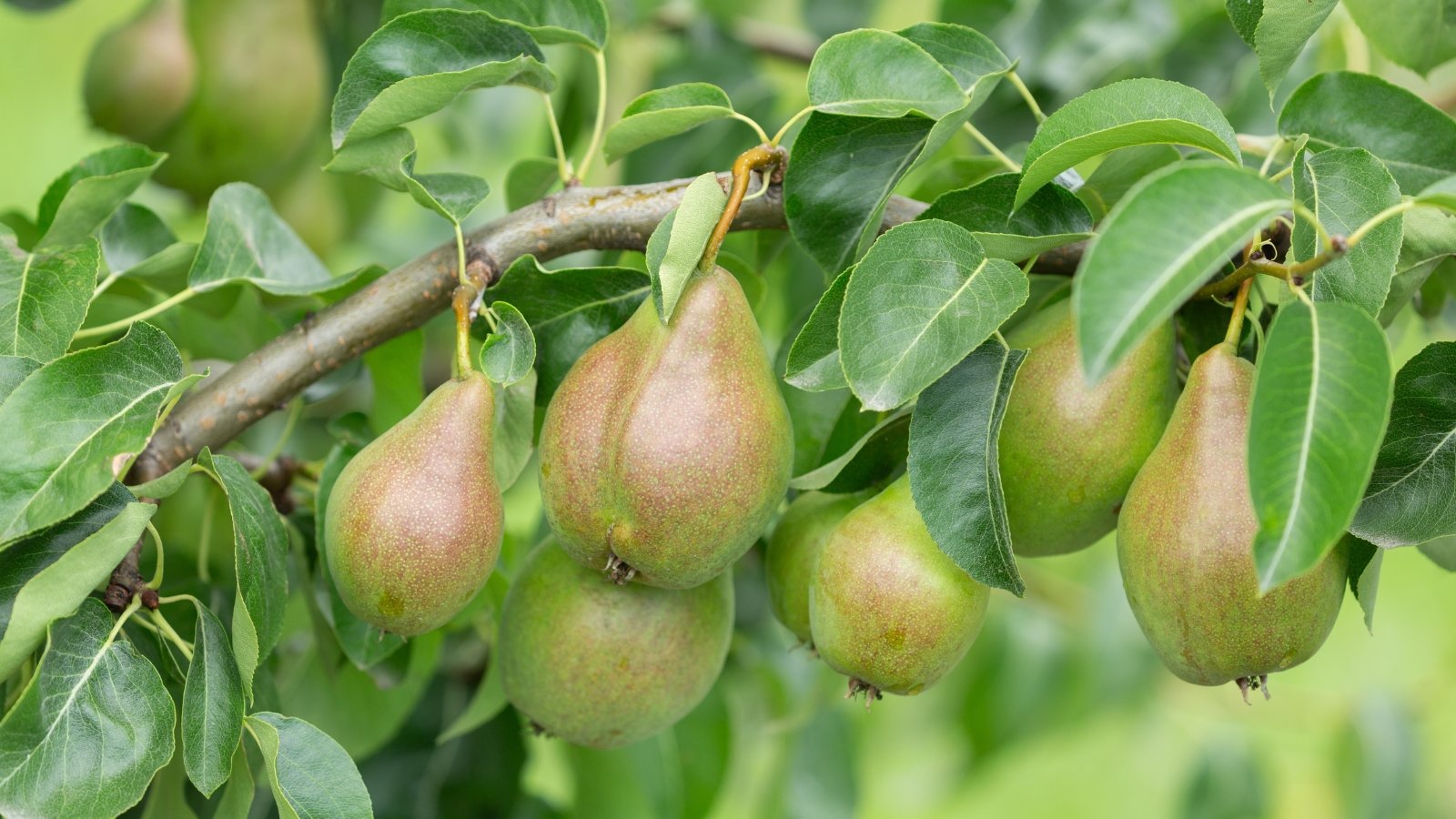

Pears, like apples and cherries, need a confederate tree shut by to pollinate their flowers to permit them to develop pears. Choose two varieties for planting, like ‘Ure’ and ‘Golden Spice,’ since they bloom concurrently. Pears are wonderful for canning, latest consuming, or sauce making.
Stone Fruit
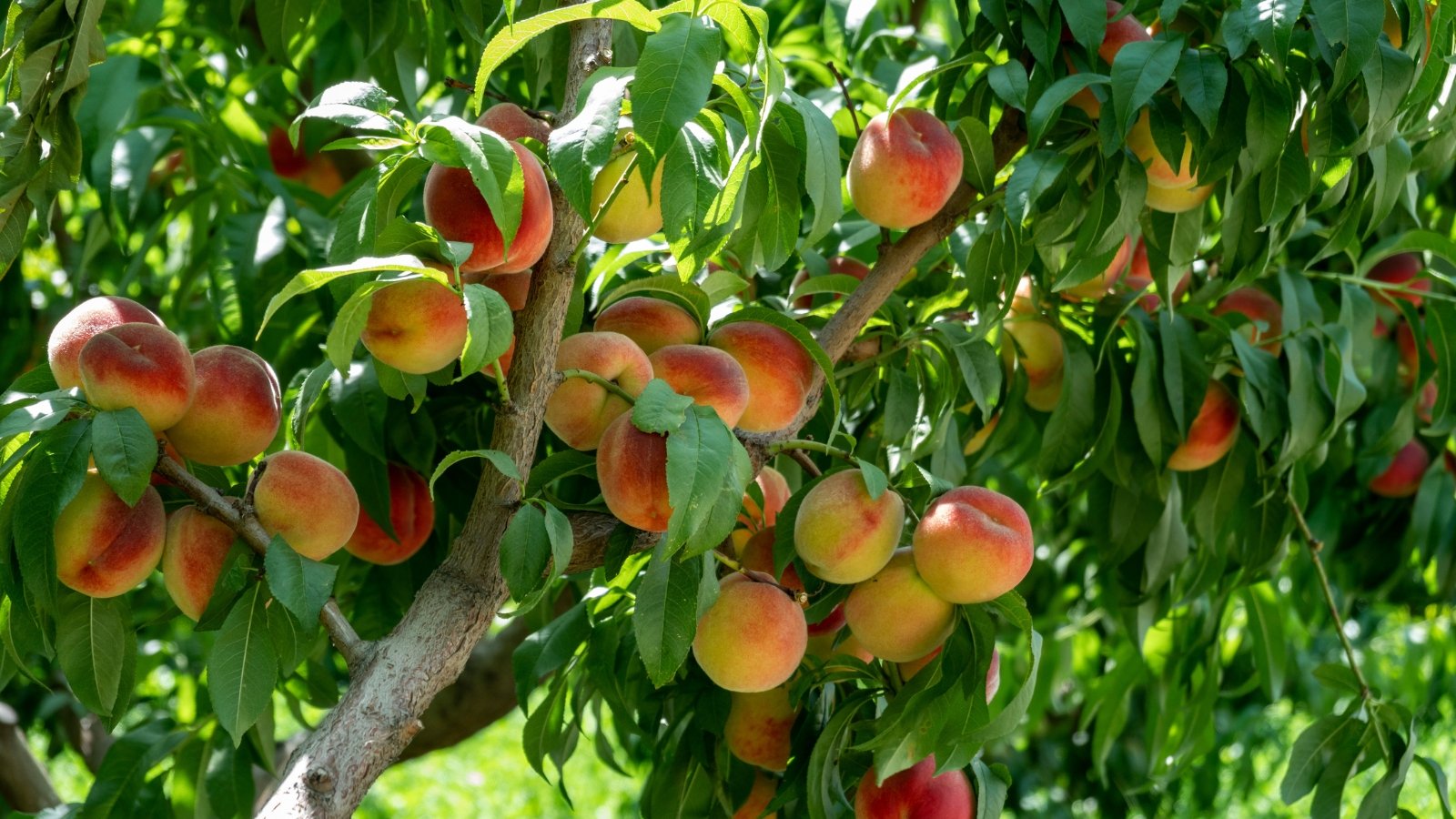

Plums, peaches, and nectarines are cold-hardy stone fruits that love rising beneath cool local weather. They’ll thrive after an autumn planting, and some mature specimens may develop fruit their first 12 months!
For an optimum fruit set, choose two varieties that pollinate each other. Some stone fruits self-pollinate like European plums and bitter cherries. Plant one in all these you in all probability have restricted home inside the yard.
PawPaw
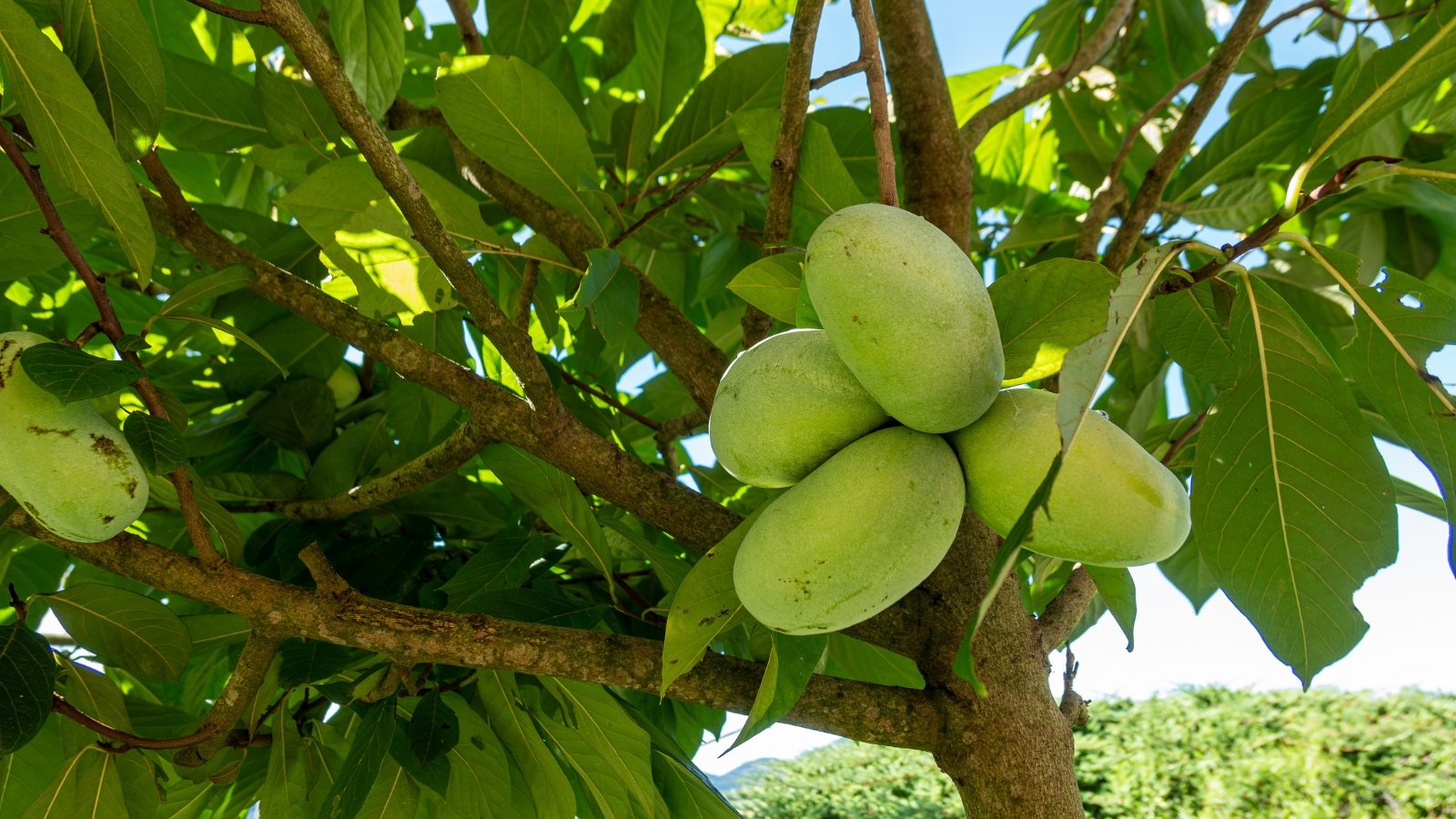

Pawpaw fruits sprout off a North American native tree like serviceberries! This edible native plant loves rising beneath shade and is correct for gardens with out loads daylight. It’ll moreover thrive beneath full photo voltaic in the event that they’ve persistently moist soil.
Pawpaws type like tropical fruits. They’re like a mixture of bananas and mangoes, and they also have black-brown seeds inside. Select them for latest consuming, and revel of their white or yellow creamy flesh.
[ad_2]
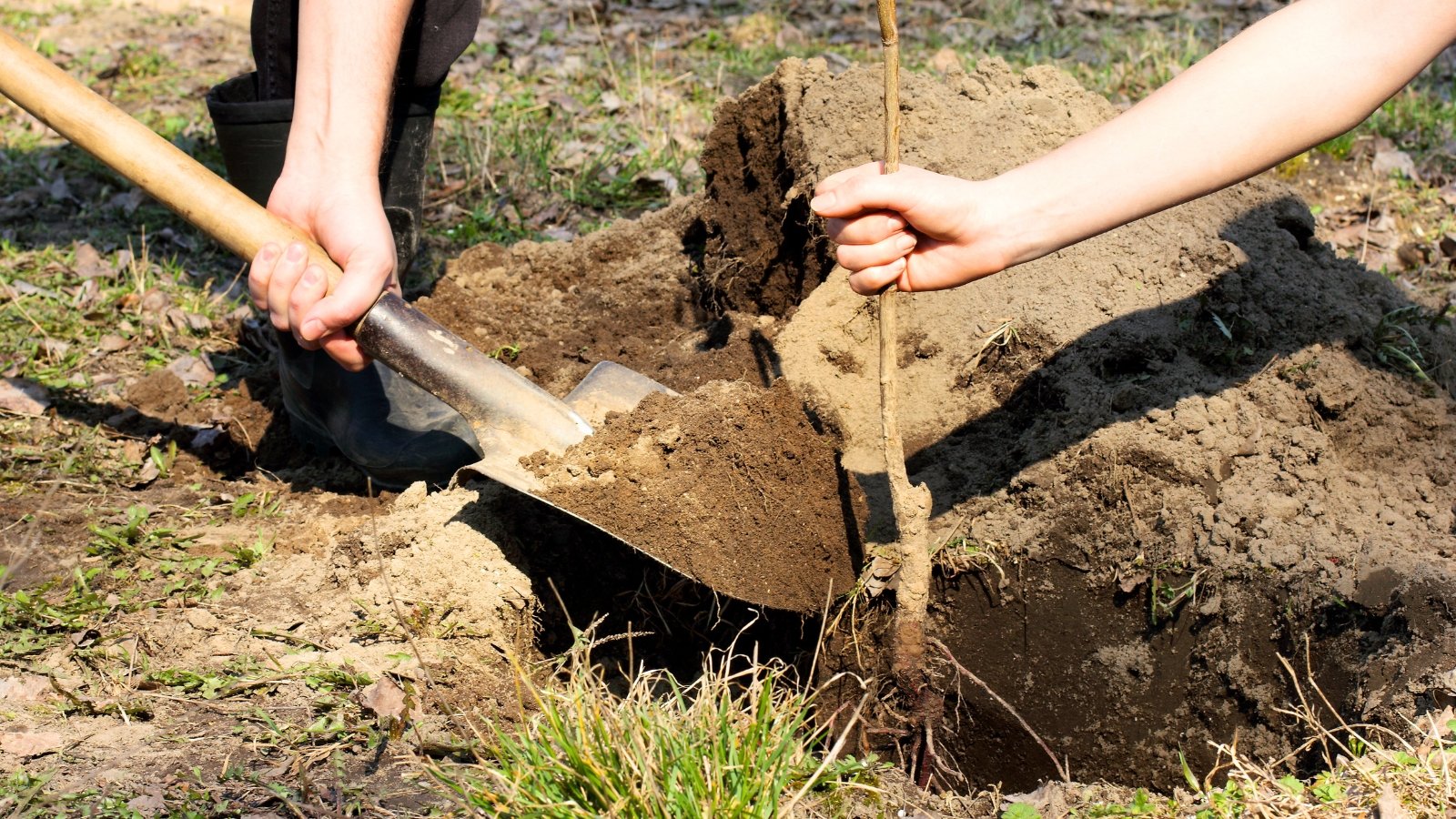
The discussion on how fall planting can lead to stronger roots is quite compelling. I had never thought about how moisture levels in autumn could benefit young trees. This article has given me food for thought regarding my planting strategy.
This article provides a comprehensive overview of the benefits of planting fruit trees in the fall. I appreciate the detailed explanations regarding root development and drought resistance, as these factors are crucial for successful gardening.
Overall, this article highlights some important considerations for those looking to plant fruit trees. The emphasis on choosing the right varieties and understanding their pollination needs adds depth to the gardening experience and is something I’ll definitely keep in mind.
I found the information about different types of fruit trees enlightening. It’s interesting to learn that certain species require partners for optimal growth. This makes planning my garden a bit more complex but ultimately rewarding.
The insights on fall planting timing and soil conditions are particularly helpful. I’ve always planted in spring, but this makes me consider trying it in autumn. The variety of tree options available is also a plus.